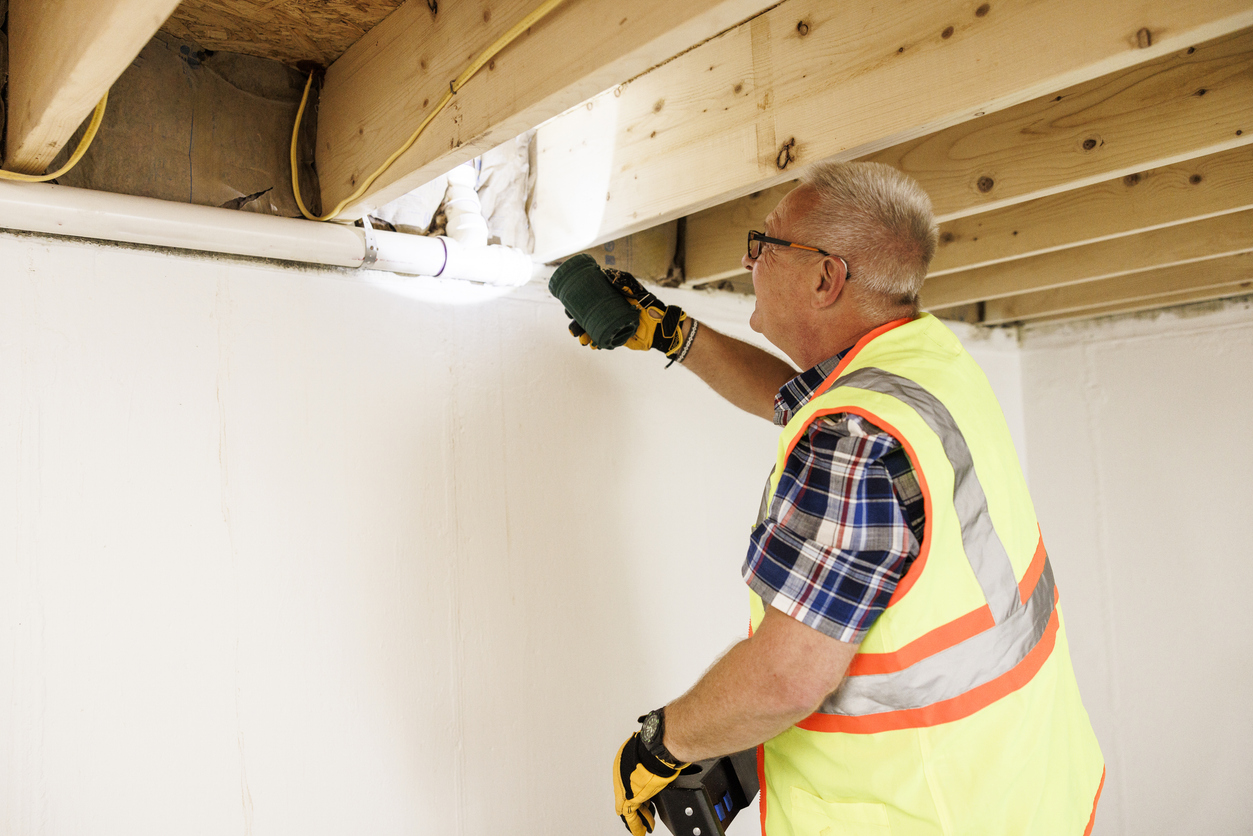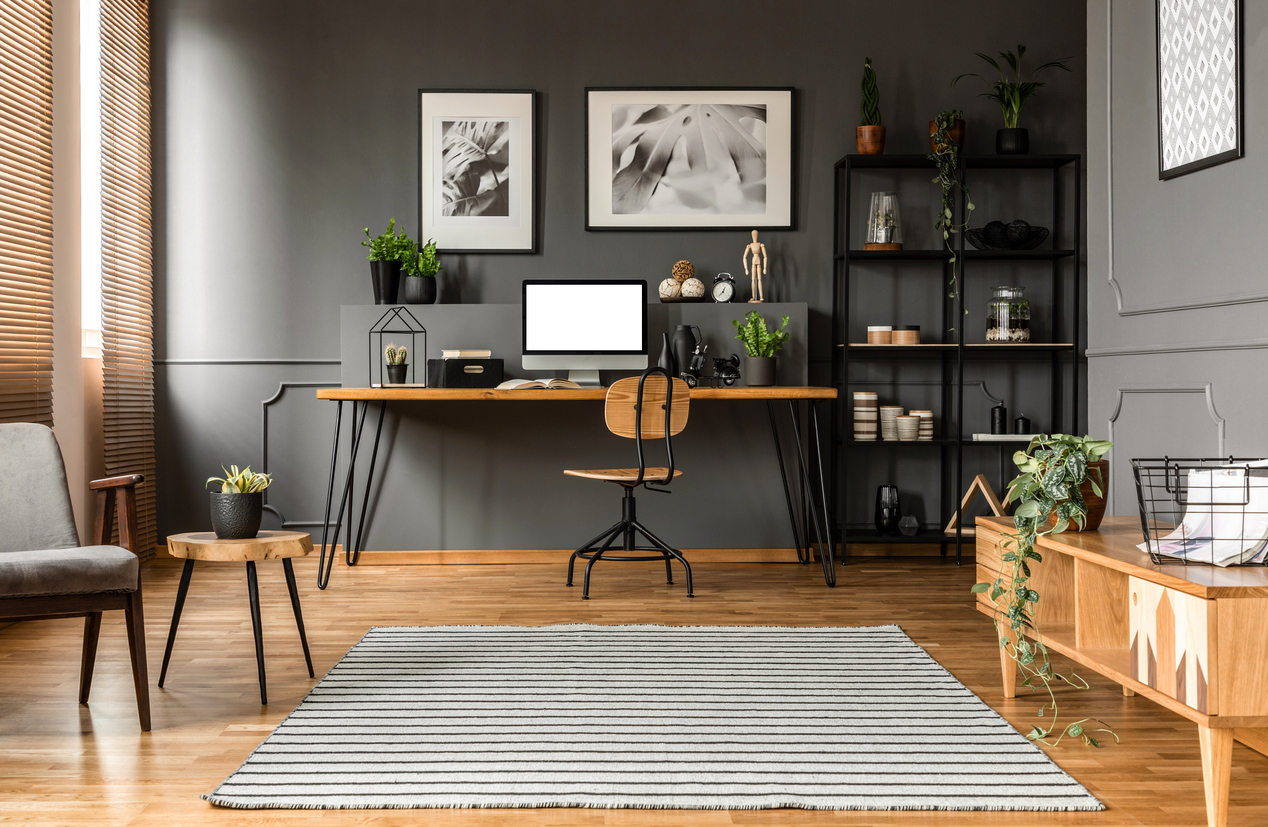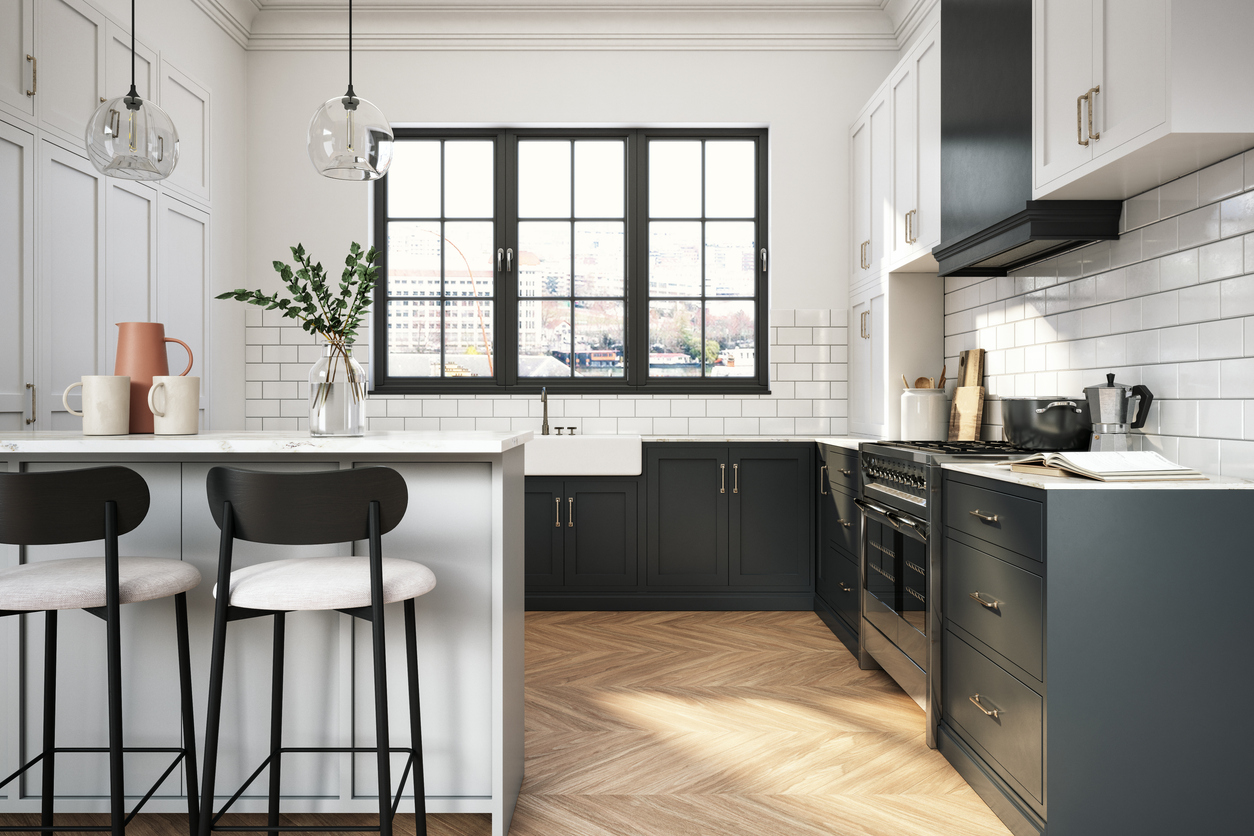7 Factors That Affect A Home Appraisal
An appraisal is a critical part of the homebuying process, as it determines the value of the property before a lender agrees to move through with a mortgage. But how is this value calculated? Check out this list of seven factors that impact t...
Read more






